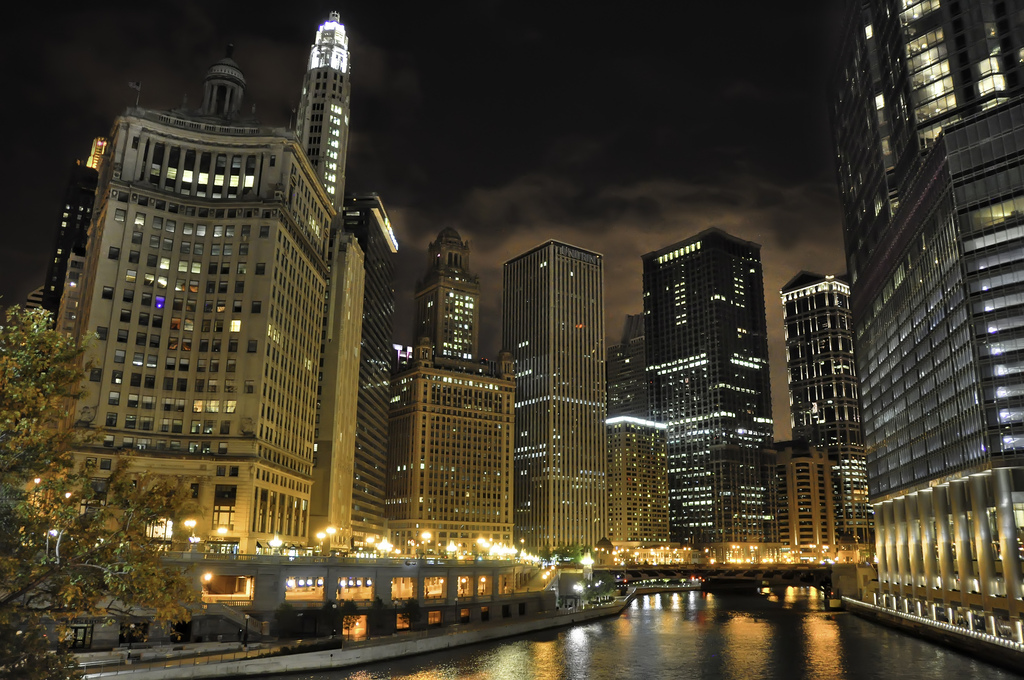Chicago can be a dangerous place. This should go without saying, considering its reputation as being a hub for crime that dates back as far as the 1920s. The Windy City even ranks ninth on the list of the most dangerous big cities in the United States. The thing is, all of this makes sense given Chicago’s massive population of over 2.6 million people. When you have that many people in one area, it’s almost guaranteed that you’ll have a higher concentration of crime. You’ll also have a lot more disease since it can spread faster through more densely populated areas where it’s difficult for people to social distance–as we saw with the covid-19 pandemic–and more accidents. This is just the nature of big-city living. The best thing you can do to protect yourself is to identify the possible scenarios and dangers that you might not expect to encounter, that way you can better prepare yourself and protect yourself from tragedy.
Man vs. Car
It’s no secret that driving in Chicago traffic can be incredibly fast-paced and unpredictable, but your danger of being involved in a crash doesn’t go away as soon as you step foot out of the car. Did you know that in the United States, there are roughly 6,000 cases each year of pedestrians dying after being struck by a motor vehicle? Roughly 100 of these deaths occur each year in the state of Illinois alone, causing it to rank in the top ten most dangerous states for pedestrians. Pedestrian crashes can have many causes. They can occur as a result of driver negligence like road rage, driving under the influence, or distracted driving, or they can be caused by pedestrian irresponsibility, like ignoring traffic laws like crossing signals, or walking around distracted or impaired, and then, some causes are out of anyone’s hands, like technological errors, where traffic lights and signals are malfunctioning and not displaying properly, or where inclement weather creates poor conditions for a driver’s or pedestrian’s visibility. To reduce your risk of being involved in this type of collision, you should try to avoid walking on busy city streets late at night or when the weather is particularly bad. You should also try to remain aware of your surroundings. Don’t step out into the street without looking up from your phone, and have a friend walk with you to keep you safe if you’ve had one too many drinks. Taking precautionary measures like this could be what saves you from going toe-to-toe with an oncoming car.
Under Construction
If you’ve spent any time walking around Chicago, you’ve likely noticed the amount of construction going on in the city. It feels like you see scaffolding every couple of blocks. What you might not be aware of, however, is how dangerous these seemingly contained construction sites can be to passersby. While workers might give the illusion that everything is safe and under control, this is not always the case. Oftentimes, construction companies will cut corners when it comes to safety measures. This is especially an issue when it comes to things like scaffolding. As a result, there are roughly 4,500 cases of construction workers falling from scaffolding each year. If you’re walking underneath scaffolding at the wrong moment, you could find yourself having to dodge a falling worker. In addition to this, the scaffolding itself could come crashing down, along with any tools and equipment that it was supporting, which creates a strong potential for injury. So, the next time you see scaffolding further up the block, it might not be a bad idea to cross the street.
The Danger of Grates
Many people already have an existing fear of subway grates, or at the very least feel uncomfortable around them. They can’t ignore the nagging worry in the back of their minds that they might end up falling through if they walk over them. Well, it turns out that this is an entirely real possibility. While it is somewhat rare, this exact scenario does happen nearly every 20 months in New York City. For the most part, this unfortunate experience wouldn’t kill you–unless you managed to get electrocuted by the subway tracks below–since the space beneath these grates is only about eight to ten feet to allow steam to allow subway trains to pass through and release steam. If you managed not to be electrocuted, you’re likely to come out of this situation with some serious bruising and cuts, or potentially some broken bones. Of course, there are a few grates located in The Big Apple that cover multiple stories of dead space. A fall from this height would have a much greater chance of killing you. While instances of people falling through subway grates seem to be less common in Chicago, the risk is still there. So, the next time you see a subway grate on your morning commute, it might be best to walk around it–just in case.


